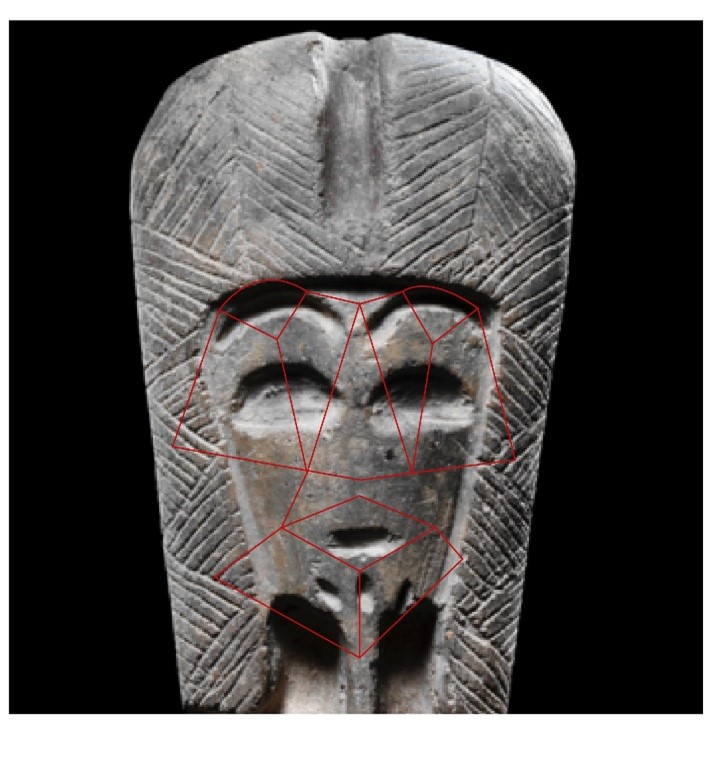Artículos de interés
Resumen
Las figuras de Valdivia, conocidas como Venus de Valdivia, son formas cerámicas precolombinas encontradas en la costa central del Ecuador. Se distinguen por estar representadas de pie, por sus diferentes tocados del cabello y por ser las cerámicas figurativas más antiguas de las américas. El objetivo de este trabajo es profundizar sobre la función y los usos que estas figuras tenían en la antigüedad. Se arguye aquí que las figuras son retratos de personas individualizadas usadas en rituales de curación. Aunque no se da una representación naturalista de los ojos, boca y nariz, encontramos que la variedad de tipos y formas de rostro, junto con los diferentes estilos de cabello, corresponden a la función de imitar la forma del rostro y cabeza al representarlas con formas individualizadas a la manera de retratos en miniatura para lograr un parecido sustancial con la persona objeto de la sanación. Para esto se han realizado una investigación de orden cualitativo y comparativo de tipo descriptivo entre las figuras de Valdivia y personas nativas de la zona con métodos modernos de identificación facial. Entre los años 2019 y 2020, se reunió más de 30 figuras cerámicas y 30 fotografías de jóvenes, y de estos se seleccionaron tres casos prácticos para su análisis individual. Como resultado vemos que los ceramistas nativos del Ecuador, buscaban distinguir las figuras con rasgos faciales únicos que hasta el día de hoy son encontrados en los descendientes directos de la cultura.
Abstract
The Valdivia figures, commonly called as Venus of Valdivia, are pre-Columbian ceramics found on the central coast of Ecuador. They are distinguished by being represented by their different hair headdresses and by being the oldest figurative ceramics in the Americas. The objective of this work is to explore the function and uses that these figures had in ancient times. It is argued here that the figures are portraits of individualized people used in healing rituals. Although there is no naturalistic representation of the eyes, mouth and nose, we find that the variety of types and shapes of the face, together with the different hair styles, correspond to the function of imitating the shape of the face and head by representing them with individualized shapes in the manner of miniature portraits to achieve a substantial resemblance to the person being healed. To archive this, a qualitative and comparative methodology of a descriptive type has been carried out between the figures of Valdivia and native people of the area with modern methods of facial identification. Between 2019 and 2020, more than 30 ceramic figures and 30 photographs of young people were collected from museums, and three case studies were selected from these for individual analysis. As a result, we see that the native artist of Ecuador sought to distinguish figures with unique facial features that to this day are found in the direct descendants of the culture.orem ipsum dolor sit amet, consectetur adipiscing elit. Ut elit tellus, luctus nec ullamcorper mattis, pulvinar dapibus leo.

